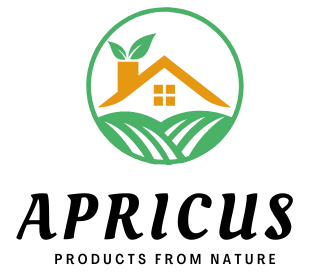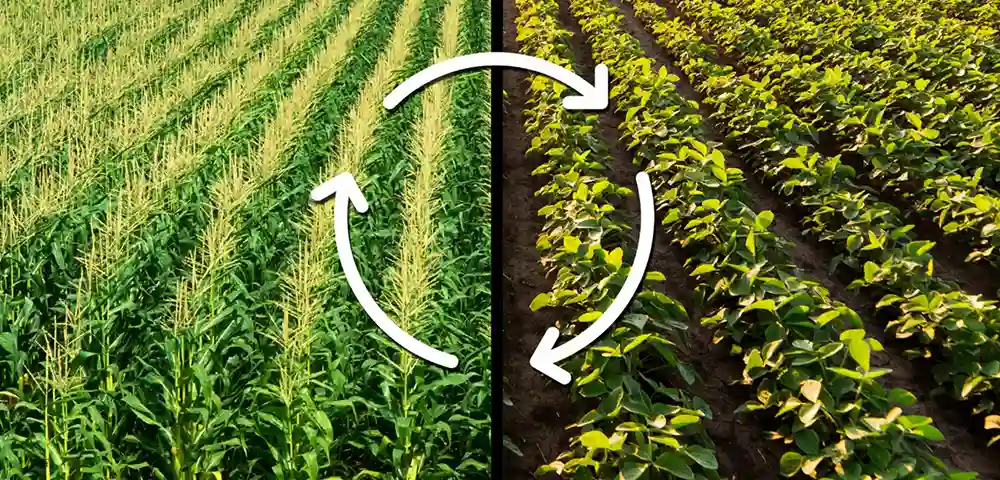Crop Rotation is a farming technique that involves growing different types of crops in a specific field in a defined sequence over time. This method is used to improve soil health, reduce pest and disease pressure, and increase crop yields.
Jamaican farmers can implement crop rotation by following these steps:
1. Assess the current crop rotation
The first step in implementing crop rotation is to evaluate the current crop rotation plan. This involves determining which crops are currently being grown, the order in which they are planted, and the length of time they are grown in the field.
2. Identify crop groups
Crop rotation can be broken down into different groups, such as cereals, legumes, and root crops. Jamaican farmers can identify which crops fall into each group and plan their rotation accordingly.
3. Develop a rotation plan
Once the crop groups have been identified, farmers can develop a rotation plan. This involves deciding on the order in which crops will be planted in the field, as well as the length of time each crop will be grown.
4. Implement the rotation plan
Once the rotation plan has been developed, farmers can begin implementing it. This involves planting the crops in the field in the order and for the duration specified in the plan.
5. Monitor the rotation
The final step in implementing crop rotation is to monitor the rotation and make adjustments as needed. This includes monitoring crop yields, soil health, and pest and disease pressure.
Practical applications of crop rotation include:
- A Jamaican farmer growing sugarcane in a field for one year, followed by planting legumes, such as beans or peas, in the same field the next year. Legumes fix nitrogen in the soil, which can help to improve soil health and increase yields of subsequent crops.
- Another farmer planting root crops, such as yams or sweet potatoes, in a field for two years, followed by planting cereals, such as corn or rice, in the same field for the next two years. This rotation helps to reduce pest and disease pressure on the root crops and improves soil health.
Conclusion
crop rotation is an effective farming technique that can be used to improve soil health, reduce pest and disease pressure, and increase crop yields. Jamaican farmers can implement crop rotation by assessing the current crop rotation, identifying crop groups, developing a rotation plan, implementing the plan, and monitoring the rotation. By following these steps, Jamaican farmers can improve the sustainability and productivity of their farms.




